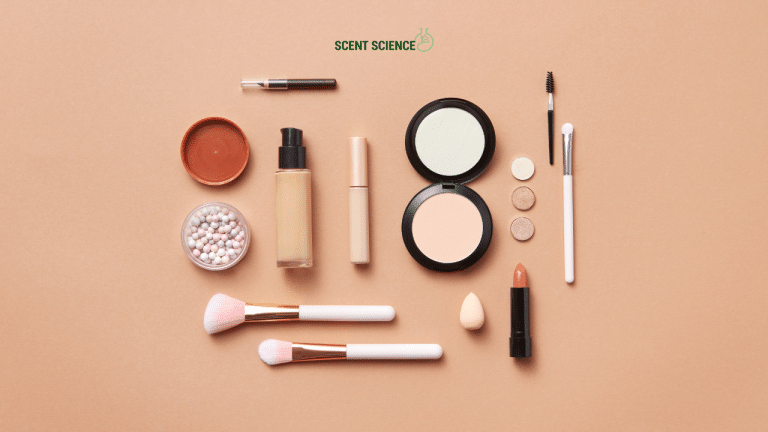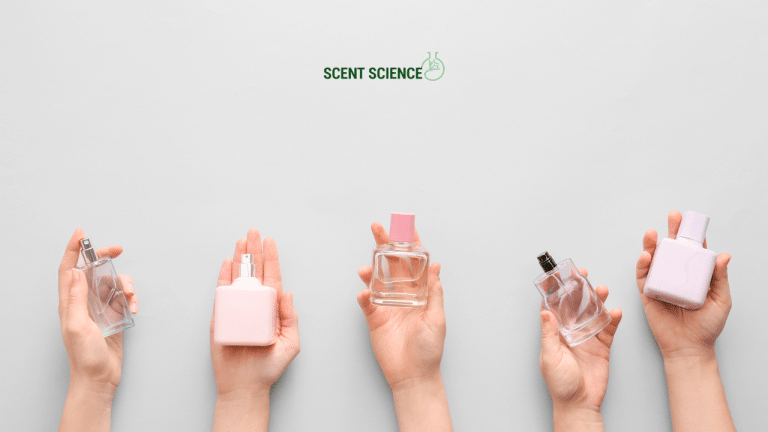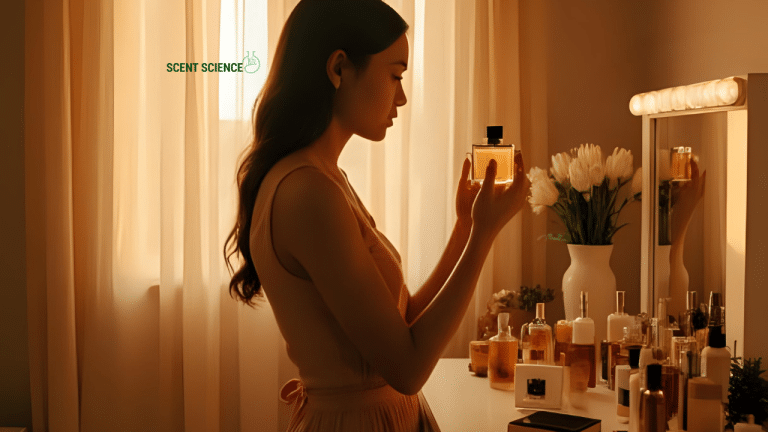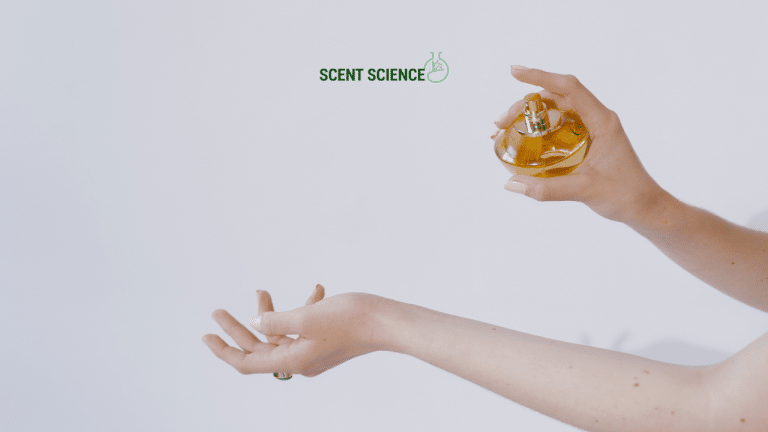Fragrance science operates at the fascinating intersection of chemistry, biology, and psychology. The molecules that compose a fragrance not only influence our perception and mood but can also have measurable effects on cognitive function and overall wellbeing. Through rigorous sensory science methodologies and advanced analytical techniques, researchers are unveiling the molecular intricacies that underpin these effects.
Table of Contents
ToggleMolecular Impacts on Mood and Cognitive Function
The olfactory system is directly linked to the limbic system, the part of the brain responsible for emotions and memory. As such, the interaction between fragrance molecules and olfactory receptors can trigger and modify neurotransmitter pathways. For instance, linalool, a terpene alcohol found in lavender essential oil, has been shown to exhibit anxiolytic (anxiety-reducing) effects. Studies indicate that inhalation of linalool can lead to a decrease in cortisol levels, a biomarker for stress.

Similarly, eugenol, another compound prominent in clove oil, has been linked to increased cognitive alertness and a potential enhancement in short-term memory recall. The mechanism is thought to involve modulation of GABAergic (Gamma-Aminobutyric Acid-related) neurotransmission, suggesting why such fragrances might engender feelings of alert composure rather than over-stimulation.
Hypoallergenic Fragrance Options
With the increasing focus on hypoallergenic formulations, fragrance scientists employ an in-depth understanding of the biochemical interactions that may lead to allergic responses. Fragrance sensitization is often related to oxidized terpenes, such as those found in limonene and geraniol, which can form potentially allergenic compounds upon air exposure. As a solution, encapsulation technologies are employed to stabilize these labile components, effectively lowering the risk of hypersensitivity reactions.

Technological Advancements in Fragrance Science
Recent advances in artificial intelligence (AI) have revolutionized fragrance formulation and personalization. AI algorithms can analyze massive datasets and predict olfactory perception profiles based on molecular structure. This technology allows for the creation of highly personalized fragrances, where formulations are optimized for specific mood enhancements or cognitive states, based on user preference inputs.
Moreover, AI-driven technologies facilitate the creation of virtual smell maps, which provide a multivariate analysis of fragrance molecule interactions with olfactory receptors. These maps enable the multi-target approach in designing fragrances not only for pleasing aromas but also for achieving specific psychological or physiological outcomes.

Conclusion
The union of advanced sensory science with innovative technology paints a promising future for fragrance science. By unveiling the molecular interactions behind fragrance effects, and leveraging AI for optimal formulation, the industry can provide not only enchanting scents but also tailor fragrances that promote wellbeing, enhance cognitive function, and cater to individual sensitivities through hypoallergenic designs. Such progression holds the potential to profoundly benefit various facets of human health and quality of life, supported by cutting-edge research and technological synergy.
Frequently Asked Questions
What are the common functional groups found in the molecular structure of fragrances?
The molecular structure of fragrances often includes various functional groups such as alkenes, alcohols, aldehydes, and terpenes. For example, citronellol, a fragrance molecule, contains both alkene and primary alcohol functional groups[1].
How do the molecular weights of fragrance molecules affect their performance?
The molecular weight of fragrance molecules is crucial as it determines their volatility and ability to be carried in the air. Most fragrance molecules have a molecular weight of less than 260 AMU, which allows them to evaporate and produce a distinct scent[3].
What role does the molecular architecture play in the scent experience of natural perfumes?
The molecular architecture of natural perfumes, characterized by asymmetry and complexity, allows these compounds to interact with multiple olfactory receptors simultaneously. This structural sophistication creates multidimensional scent experiences and explains why natural perfumes evolve uniquely on each wearer’s skin[5].
How do synthetic and natural fragrance molecules differ in their composition and use?
Synthetic fragrance molecules are created exclusively from synthetic molecular structures, while natural fragrances can be composed of either natural or a combination of synthetic and natural molecules. Synthetic molecules often lack the complexity and multidimensional scent experiences provided by natural molecules[2].
References






